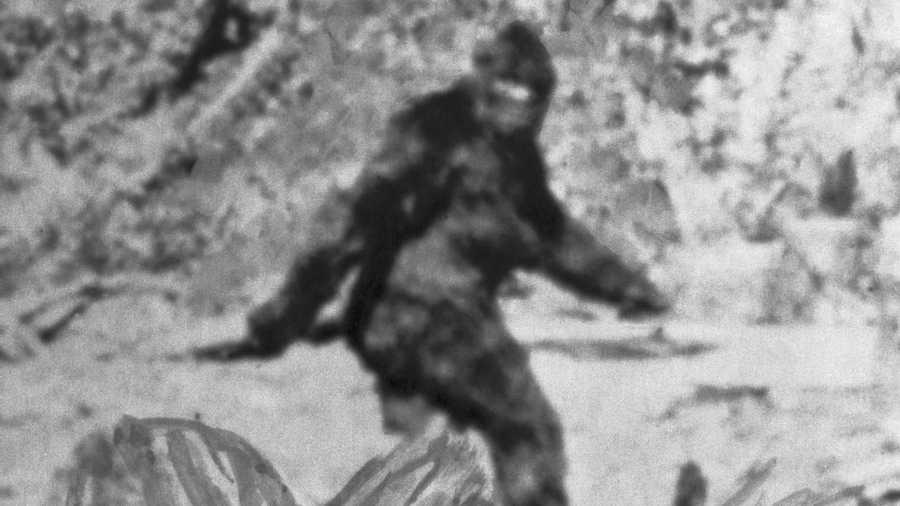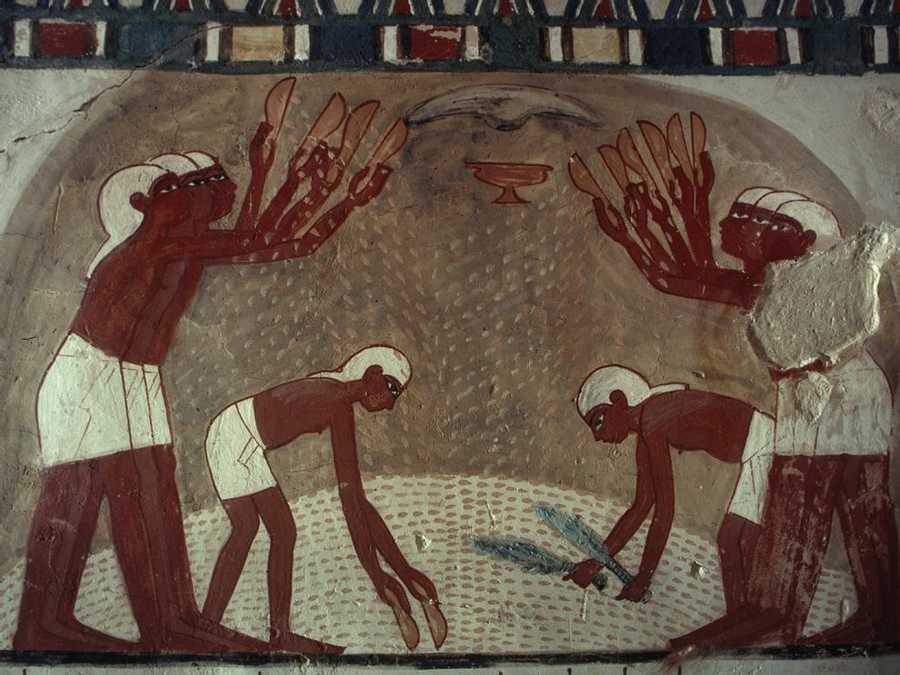The mythical Bigfoot
For centuries, people have reportedly seen a mythical primate-like animal in the woods of North America. It looks like a strange, large ape-like figure.
This possibly fictitious animal goes by many different names - Bigfoot, Sasquatch, Yowie, Skunk Ape, and Yayali.
11
141 reads
The idea is part of this collection:
Learn more about personaldevelopment with this collection
How to overcome unwanted thoughts
How to manage intrusive thoughts
How to change your attitude towards intrusive thoughts
Related collections
Similar ideas to The mythical Bigfoot
What Does This Tell Us?
The whole Athenian way of being human was radically different from our own. Life in Athens was sustained by "cosmic ecology", a symbiotic ecology of gods, motherland and people. This was practiced by ancient Egyptians, ancient Chinese, and people of many pre colonial societies.
...
Research On The Health Halo Effect
- This effect often leads to consumers confusing “low fat” with “low calorie”, which results in the overconsumption of the former.
- When choosing between similar products with different names, consumers prefer products with healthier-sounding names.
- If you are eating at a restau...
A Universal Definition of Beauty
Beauty becomes varied and subjective as people around the world have different perspectives, based on cultural and personal preferences.
The beauty of anything cannot be compared with one another using only the senses, as there can be no common elements in many things of b...
Read & Learn
20x Faster
without
deepstash
with
deepstash
with
deepstash
Personalized microlearning
—
100+ Learning Journeys
—
Access to 200,000+ ideas
—
Access to the mobile app
—
Unlimited idea saving
—
—
Unlimited history
—
—
Unlimited listening to ideas
—
—
Downloading & offline access
—
—
Supercharge your mind with one idea per day
Enter your email and spend 1 minute every day to learn something new.
I agree to receive email updates


